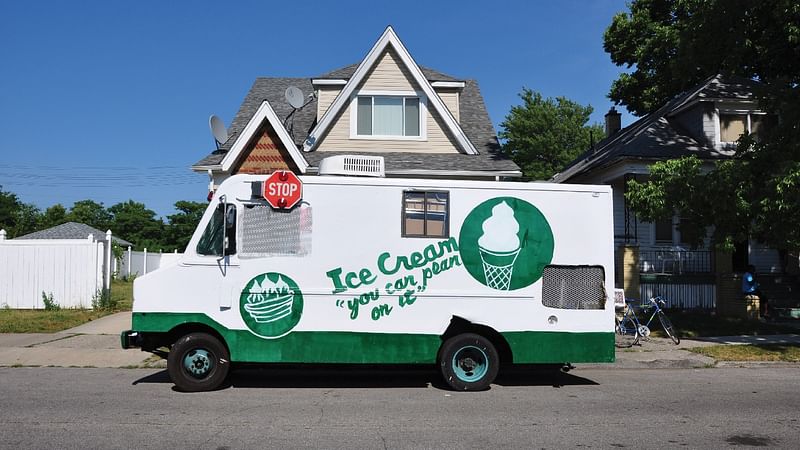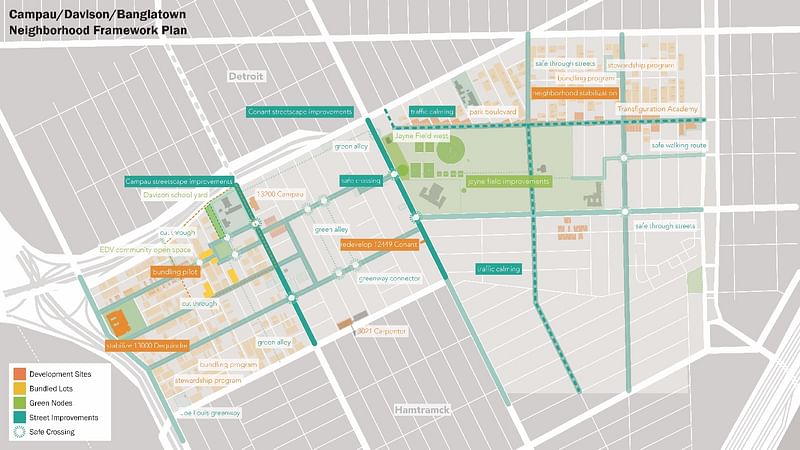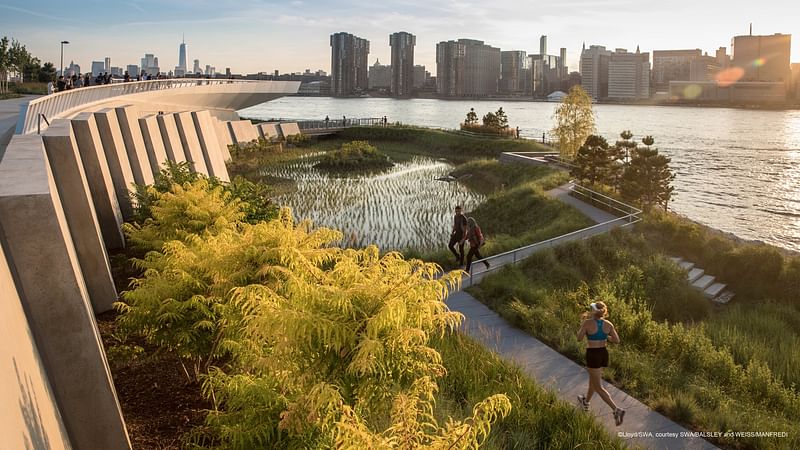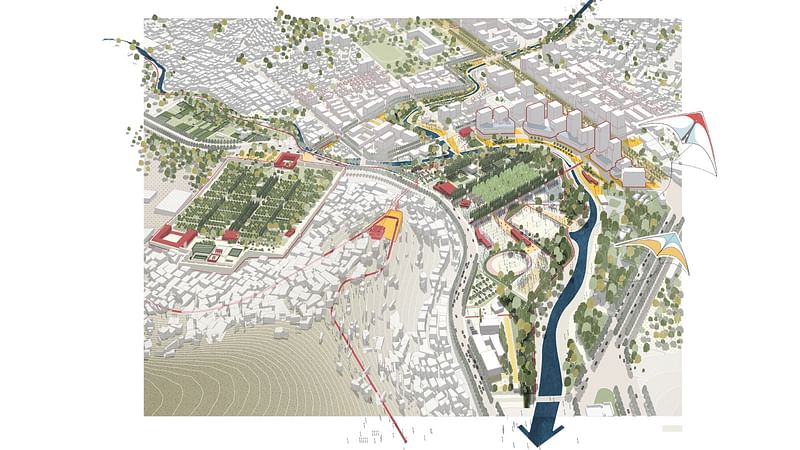AIA distinguishes four projects in 2020 Regional & Urban Design Awards
By Justine Testado|
Thursday, Jan 9, 2020

Related
Every year, the AIA recognizes outstanding projects in the realms of urban design, regional and city planning, and community development in the Regional & Urban Design Awards. For 2020, four projects were announced as award recipients.
The five-member jury evaluated each submission on how well the project's design addresses environmental, social, and economic issues through sustainable strategies, including its ability to collect and distribute resident renewable resources and energies, while enhancing quality of life and promoting social equity.
Read on for more about the winning projects.
Cornell Tech Campus Framework Plan, New York City
Skidmore, Owings & Merrill


Project excerpt: “Rigorously principled but highly adaptable in its approach, this master plan outlines the growth of Cornell University’s applied science program. Envisioned as free of discrete academic departments, the plan establishes an open and collaborative community of designers, engineers, and scientists on a boundary-free, 12.4-acre site woven into the greenspace of New York’s Roosevelt Island. The plan emerged from a 2010 competition launched by the New York City Economic Development Corporation that explored whether the creation of an institution could spur economic development. The ambitious challenge carried with it city-owned land and $100 million. Cornell was one of 27 institutions to respond, ultimately winning with its proposal to create a $2 billion, 2 million-square-foot campus where open spaces would eliminate the boundaries between the academic and commercial worlds.”
Campau/Davison/Banglatown Neighborhood Framework Plan, Detroit
Interboro Partners


Project excerpt: “This plan was driven by the community [in Campau/Davison/ Banglatown, one of the most diverse areas in Detroit] and includes strategies for improving the neighborhoods’ streetscapes, open space, housing, and economic development. Those priorities are synthesized into a holistic framework that identifies projects and improvements that can be implemented in the immediate future. Executed for a relatively modest fee, the plan highlights millions of dollars of potential investments. Building on the creative practice the community has constructed, despite decades of disinvestment, the final plan outlines strategies to support and bolster existing community nodes in an effort to spur more social resilience in the area. Its key components include a ‘catalytic corridor’ that better connects the eastern and western sections of the area, expanding the city’s Land Bank Authority program that allows residents to purchase vacant lots, and tactical preservation of a number of important structures.”
Hunter's Point South Waterfront Park, New York City
SWA / Balsley and WEISS/MANFREDI Architecture/Landscape/Urbanism


Project excerpt: “Hunter’s Point South Waterfront Park in Queens, New York, is an 11-acre model of urban ecology and sustainable thinking. As one of the city’s most ambitious developments in years, the area includes 5,000 affordable housing units, two schools, and an expanded ferry stop. With water surrounding it on three sides, the park relies on a number of green initiatives to combat long-term disinvestment and create a new urban ecological paradigm. Two centuries ago, the site was a series of wetlands, but its more recent industrial identity reflects its proximity to the waterfront and rail access. Nearly all signs of the site’s ecologically rich history were erased over decades of industrialization and abandonment. The new park takes advantage of the site’s multiple histories and sweeping views to create a resilient destination for recreation and culture. In addition, it provides protection to the rapidly expanding community surrounding it in times of flooding and extreme weather.”
Kabul Urban Design Framework, Kabul, Afghanistan
Sasaki


Project excerpt: “Today, more than 20 years into building a new civil society in Afghanistan, the country’s capital is poised to take advantage of emerging opportunities. Influenced by the intersection of cultures, ecological systems, and political currents, Kabul has long developed organically, leaving many without access to infrastructure or services. This plan sets a vision for Kabul that is sustainable and resilient and helps realize the promise of a burgeoning democracy. Organized around a citywide framework for urban development and growth as well as corridor designs for two of Kabul’s iconic roads, the plan tackles a host of issues facing the city. In addition, it stretches beyond physical design to affect Kabul’s social fabric, addressing women in the city, higher education opportunities, and the conservation of its culture.”

RELATED NEWS Four projects win in 2019 AIA Institute Honor Awards for Regional and Urban Design

RELATED NEWS Twelve projects distinguished in 2018 Canadian National Urban Design Awards


Share
0 Comments
Comment as :